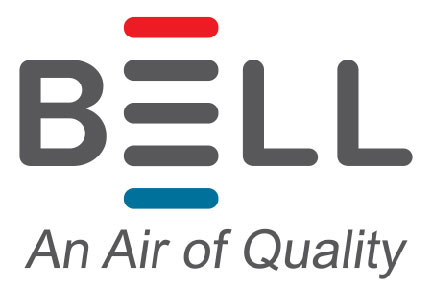
A furnace is usually a background player at home, keeping you warm across the cold winter months. It frequently won't be noticed until a malfunction appears.
One cause may be that your furnace has a cracked heat exchanger. It can potentially be hazardous, so it’s important to learn the evidence of a cracked heat exchanger and what you should do if you suspect that might be the problem.
What Is a Heat Exchanger in a Furnace?
A heat exchanger transfers heat from the combustion chamber of your furnace to the air that flows through the air ducts. It usually accomplishes this through coils or tubes that heat up the air while functioning as a barrier to keep byproducts created in the combustion chamber, called flue gasses, from getting out into your home.
Is a Cracked Heat Exchanger Dangerous?
Given its key role, it isn't surprising that a broken heat exchanger can be very dangerous. A crack in the heat exchanger can enable dangerous gasses – like carbon monoxide, which can be lethal – to be distributed across your home.
For this reason, do NOT use your heating if you believe it has a cracked heat exchanger, as this could make the entire family sick. Reach out to an HVAC professional immediately if you are worried your heater has a cracked heat exchanger that should be repaired.
Four Symptoms of a Cracked Heat Exchanger:
- Furnace shuts off: A cracked heat exchanger could cause your furnace to turn off.
- Strange Smells: If the air coming out of your furnace has a strong chemical odor, it may be an indicator that gasses are slipping through cracks in your heat exchanger. These gasses, which will often smell like formaldehyde, are a significant warning sign.
- Carbon monoxide alarm goes off or you notice poisoning symptoms: If a cracked heat exchanger is releasing carbon monoxide into your home, your carbon monoxide alarm may go off or household members may struggle with signs of carbon monoxide poisoning. Symptoms include headaches, dizziness, weakness, nausea, vomiting or feeling tired. If an alarm goes off or you feel unusually tired, exit the home right away and then call for help.
- Soot: If you see black sooty buildup near the exterior of your furnace, it’s another sign something could be seriously wrong.
What to Do if a Furnace Heat Exchanger is Cracked
If you believe your furnace has a cracked heat exchanger, hire a professional well versed in furnace installation McKinney and Frisco as soon as possible so they can inspect your system and, if required, perform a furnace heat exchanger replacement. Costs often vary depending on the situation, but estimates often hover around $1,000 to $3,000.
Fortunately, the good news is that heat exchangers are regularly included in the warranty. You’ll want to review the warranty paperwork on your furnace, because while the warranty may not cover the entire cost of repairs, it still may significantly shrink your bill.
How to Avoid a Cracked Heat Exchanger in Your Home
One of the easiest ways to avoid problems in your furnace overall is through regular furnace maintenance. Furnaces offer the most benefits when they operate efficiently. Calling a trained professional to examine your furnace for worn-out parts, clogged filters and other common problems can keep you from getting a big bill later on.
It’s also beneficial to review your furnace filters every few months – it’s recommended some filters be swapped out every 90 days or sooner if they are dirty or grimy. While the filters are not part of the heat exchanger itself, the strain of dragging air through a clogged filter makes the entire furnace work more vigorously to complete its job. And the harder your furnace works, the more strain pieces like the heat exchanger will endure.
